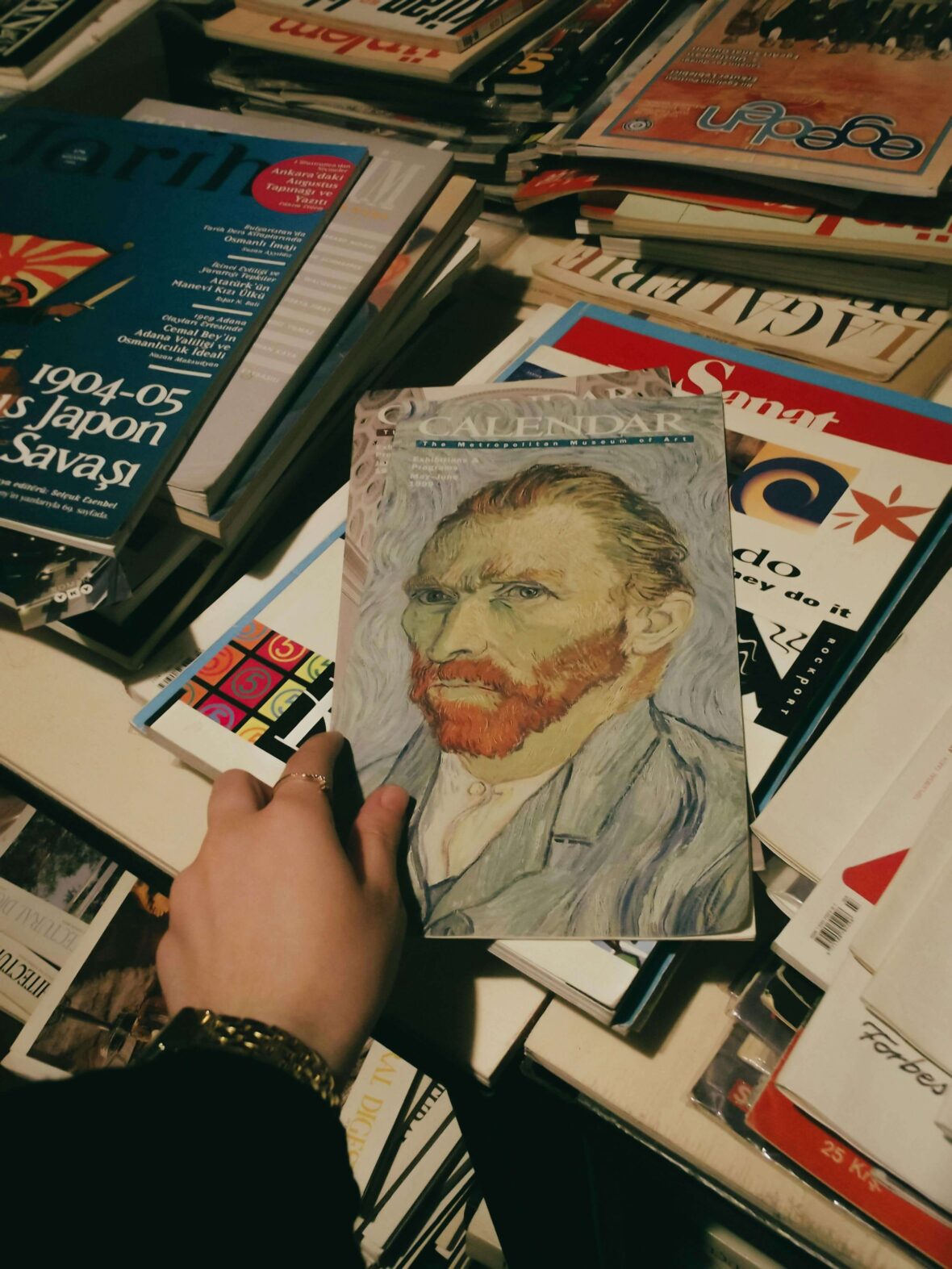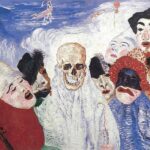Introduction to Post-Impressionism: Beyond the Boundaries of Impressionism
Post-Impressionism is a term that is applied to the group of 19th-century French impressionist painters whose style divided from the mainstream of “Impressionism” (The art movement throughout the 19th century which was based on practiced of paintings outdoors and on the spot paintings) as the artists of this movements are Degas, Manet, Monet, and Renoir. This term was first by an English art critic “Roger Fry’’ in an art exhibition in London in 1910. The Post Impressionism movement follows the last phase of Paul Cezanne’s artistic career, other post-impressionist painter includes “Paul Gauguin” and “Vincent Van Gogh” and Neo-Impressionists (including Pointillism and symbolism) “George Seurat and “Signac” are also included in the post-impressionist group.
Post-Impressionism: A Reaction to Formlessness
This movement was the reaction against the formless art of impressionism. Modest painters like Cezanne, Seurat, and Gauguin tried to refuse modern art towards aimless and pictorial gestures. Post-impressionistic artists organized reality, formalized and arranged what was evident and what they felt towards patterns and symbols. In this process, the artists stop using the colors of impressionism instead the artists like Cézanne’s sculpturesque volumes. The motionless forms of Seurat and Gauguin’s controlled patterns and Van Gogh’s fierce possibilities of the situation. He also used Neo impressionistic pointillism and doting technique, for his emotional reasons.
Key artists of the Post-impressionism
Each of these Marvel artists apart from each other; “Cezanne carried his experiments at Aix art gallery, whereas “Seurat” kept working in his night studio, “Gauguin” ran away to a new civilization, and finally, “Van Gogh” escaped from the reality of his mind. Even though geographically separated from each other, Cezanne, Seurat, Gauguin, and Van Gogh daunted themselves
Wirth is a method of art style sometimes with such concentration that it detests against the human element.
Post-impressionism influenced art movements
The planes (flat area) of Cezanne resemble personalized experiments of Picasso’s and Braque’s “cubism” or the colors of the forms of “fauvism” from the Seurat’s internals of space and cylindrical forms we move rationally into “Futurism” and later on to “Purism” Gauguin’s controlled rhythm becomes more unrestrained as ‘’Fauvism’’ and Van Gogh’s still regular spots of the colors pour into “Expressionism”. In this way, Post-impressionism becomes an important bridge between the 19th-century and 20th-century art movements.
Iconic Works of Artists
The Post Impressionism art movement did not seek to copy forms directly but the artists wanted to create new forms, not to intimate life, but to find an alike for life. They don’t bother with what the paintings represent instead their main aim became what they felt. They believed that a work of art should have more common with a colored paragraph. The most important of the post-impressionism movement were Vincent Van Gogh whose most famous painting is The Starry Night, and Paul Gauguin whose most famous panting is WHERE DO WE COME FROM? WHAT ARE WE? WHERE ARE WE GOING? And last Paul Cezanne whose painting is The Basket of The Apples.
Conclusion
- The artist reacted against the formless art which caused the post-impressionism art movement.
- The main aim was to capture what the artist feels rather than visually appealing.
- Pointillism and doting art techniques were also used during this movement.
- Post-impressionism art movement influenced various art movements and became the bridge between 19th and 20th-century art.







